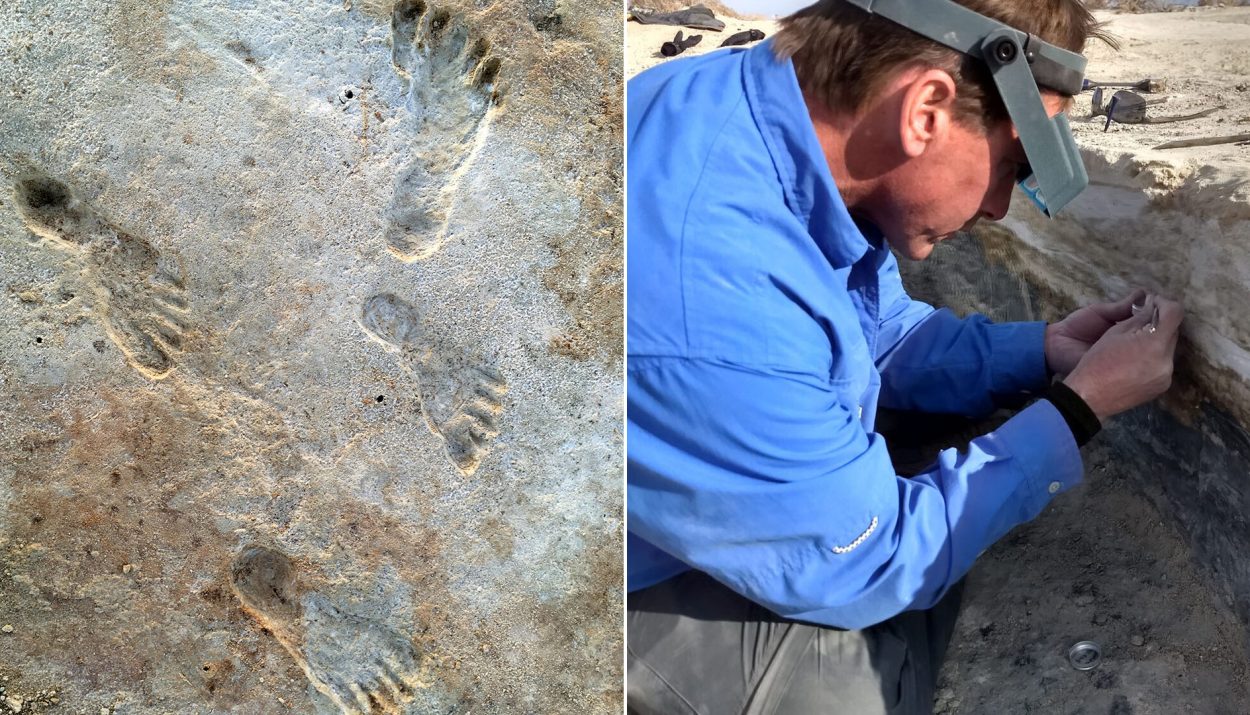Step into a scene from over 20,000 years ago, where early humans walk alongside majestic mammoths, leaving their marks on the soft earth of New Mexico. These footprints, preserved through millennia, are not just indentations in the ground-they are the imprints of a narrative that challenges the very core of our understanding of how and when humans settled in North America.
This differs from the familiar tale of migration after the Ice Age we thought we knew. Instead, these fossilized steps suggest that humans tramped around North America thousands of years earlier than previously believed, upending long-standing theories and rewriting the history books. Let’s journey back to this groundbreaking discovery and uncover the evidence that tells a new story of the First Americans.
Rewriting History: The First Americans
Until recently, the story of human settlement in the Americas was a linear one: People migrated from Asia across a land bridge into Alaska around 14,000 years ago. This narrative, held together by the archaeological consensus and the clues left behind by the Clovis culture, seemed unshakable. But what happens when footprints are found that predate this timeline by nearly 10,000 years?
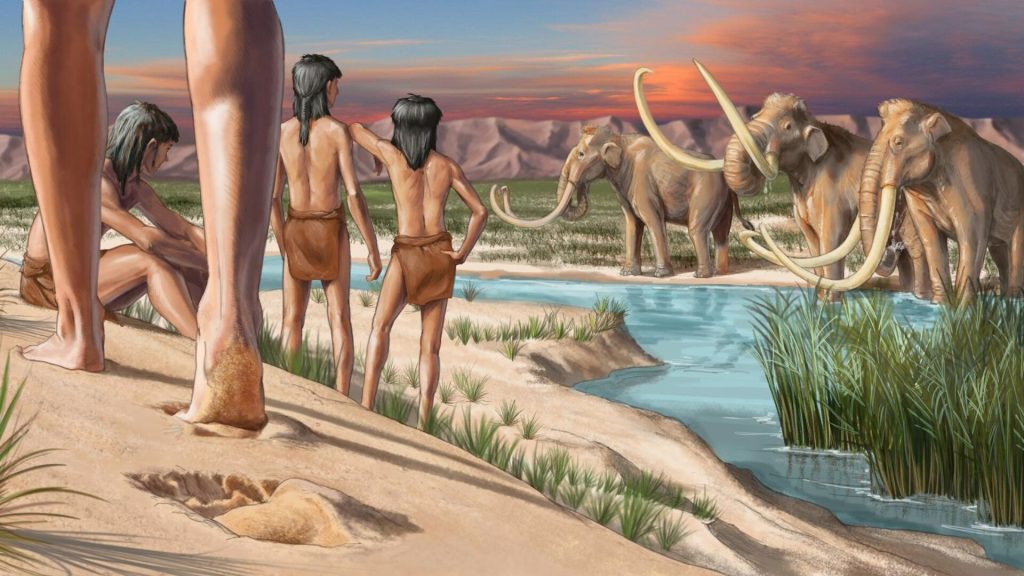
These aren’t mere anomalies but a series of human footprints discovered in White Sands National Park, New Mexico, that have been radiocarbon dated to an astonishing 23,000 to 21,000 years old. If you’re picturing a solitary set of tracks, think again. Thousands of these footprints, interspersed with the evidence of Ice Age giants, lay a trail to a past we’re just beginning to comprehend.
The Discovery at White Sands
It was within the dry alkali playa of White Sands National Park that these ancient footprints were found, captured in the once-muddy margins of a prehistoric wetland. This site, where children of a bygone era once played, offers a tangible connection to early human life on the edge of a world teeming with mammoths and other megafauna. These footprints are a testament to the human spirit, preserved in the earth that bore witness to their daily lives.
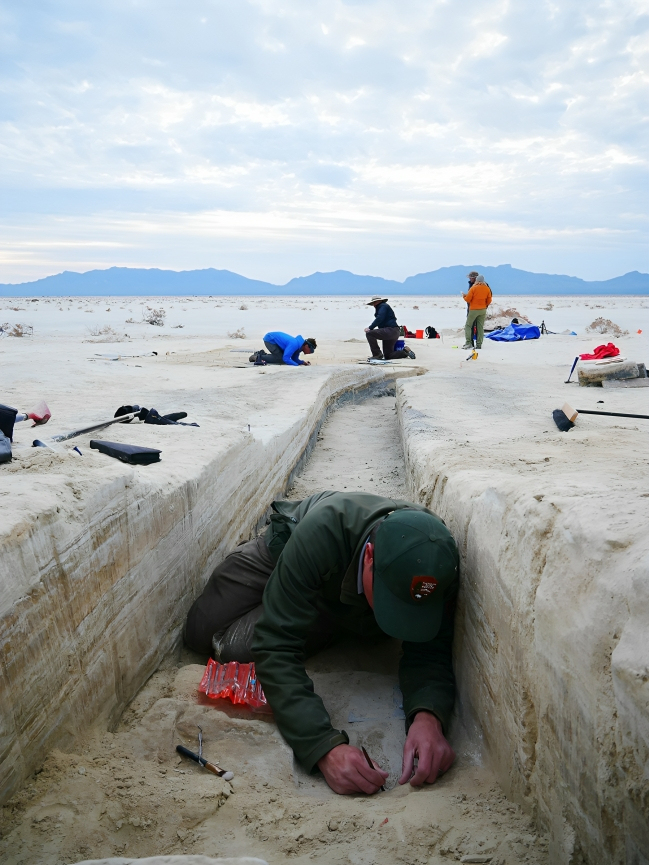
Imagine the scene-an ancient lakeside, the air filled with the sounds of children’s laughter and the thunderous footsteps of mammoths. This is the vivid picture painted by the discovery at White Sands, where each preserved footprint tells a story of survival, interaction, and existence in what was once a thriving ecosystem.
A Paradigm Shift
The discovery of the footprints as well as the truth of their age challenges many assumptions that have been made about early Americans. If true, these footprints would be some 7000 years older than the Clovis culture, which is named after a 13,500 year old site in New Mexico.
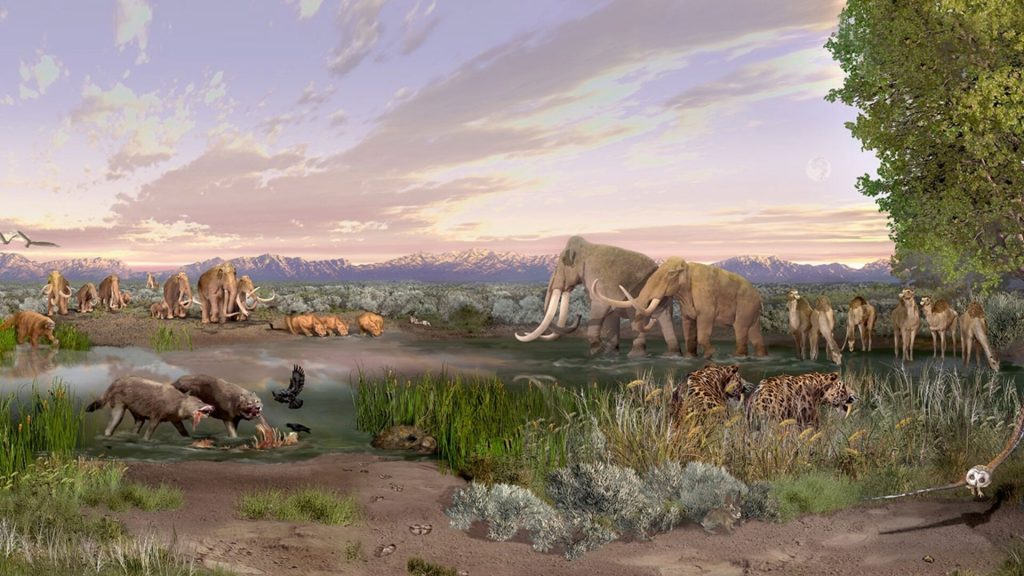
The Clovis culture is characterized by distinct bone and stone tools that have been found in close association with Ice Age animals, including mammoths. It is considered to be the first established culture in the country that would ultimately become the United States, though more evidence is being discovered that contradicts the theory, no matter how widespread it is.
The Controversy of Carbon Dating
When the initial findings were presented in 2021, skepticism was as quick to surface as the excitement. Carbon dating, the scientific method used to determine the age of the footprints, can be contentious, particularly when it involves dating aquatic plants. Critics argued that the aquatic plant seeds found within the prints, specifically spiral ditch grass, could have absorbed “old carbon” from bedrock, skewing the results to appear older than they indeed are.
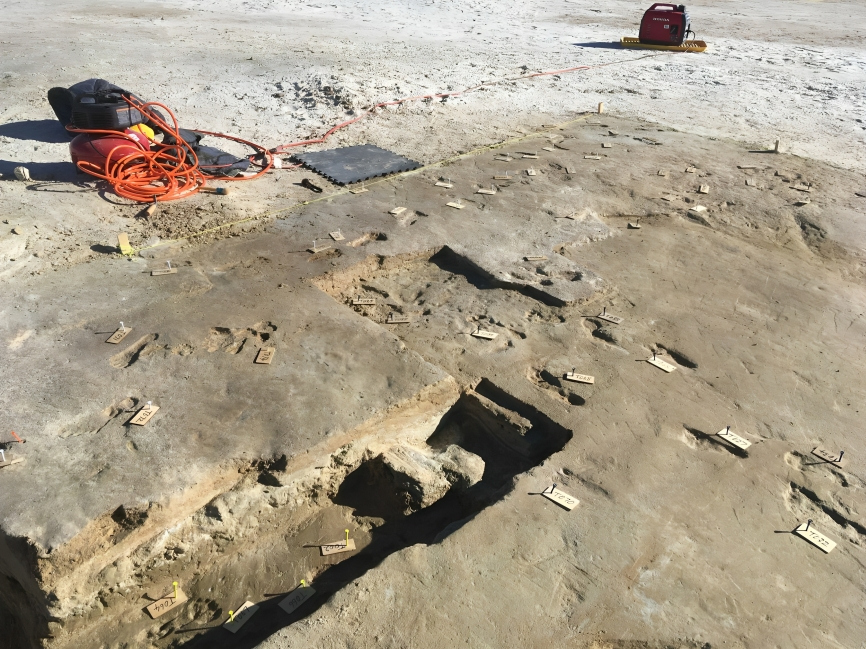
The pushback from the archaeological community was intense. If humans had been in North America during the peak of the last Ice Age, the implications would be monumental. Yet, doubt lingered-could the dating methods have been flawed? Could the story of human presence in North America 23,000 years ago be just a case of scientific error?
The Certainty of Pollen
To silence the skeptics a new analysis brought conifer pollen into the courtroom of science as a witness to the past. This wasn’t just any evidence; these were over 75,000 pollen grains per sample from trees like fir and spruce that pointed to terrestrial origins-meaning they were unaffected by the “old carbon” problem.
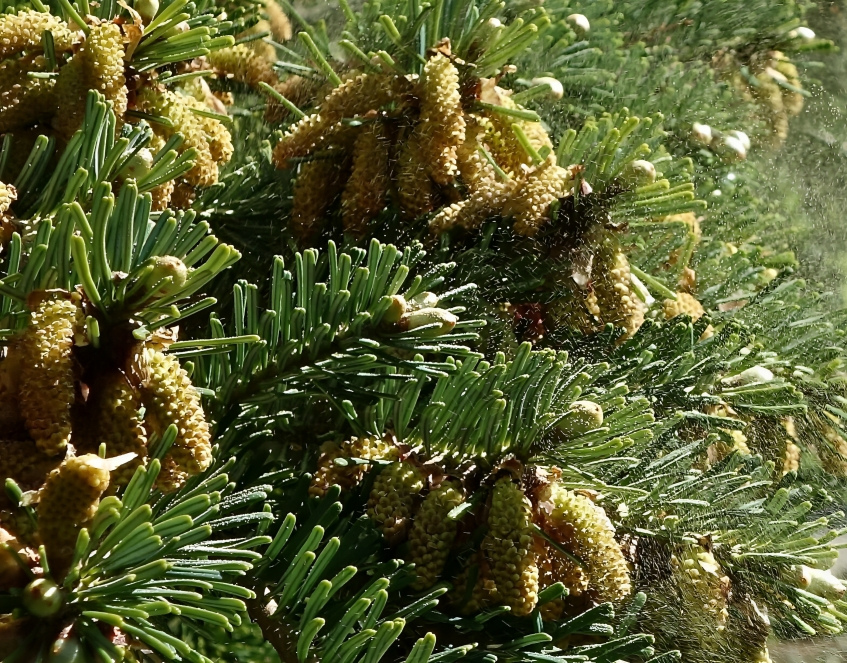
Collected from the same layers as the contentious seeds, the pollen grains were subjected to rigorous isolation techniques. Their ages matched the controversial seeds, bolstering the argument that the footprints-and, therefore, humans-were indeed present in North America during a time when the continent was thought to be untouched by humankind.
The Most Critical of Opponents
The unique use of pollen as well as the rigorous sampling methods impressed even the most skeptical of critics. An archaeologist out of the University of Arizona who had studied the footprints in the past, but was uninvolved in this study, stated that the sampling methods were truly remarkable.
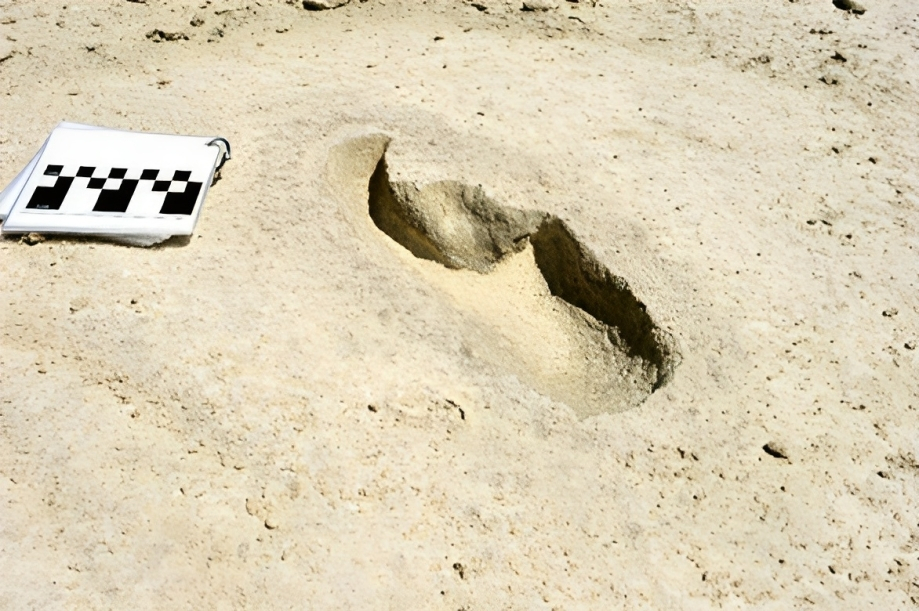
Even the most extraordinary evidence can’t convince everybody, though. Despite the fact that the methods used held up under the most rigorous scientific standards, there were still some that believed that the premise itself was flawed. An anthropologist out of Oregon State University admitted that the scientists had made progress with their data, but disagreed that their findings resolved the issue of timing.
A New Dating Technique: Optically Stimulated Luminescence
The skeptics didn’t stop the scientists, though. To further solidify their case, the researchers employed optically stimulated luminescence (OSL), a technique dating the last time quartz grains saw sunlight. This method doesn’t rely on organic material and, therefore, sidesteps the issues plaguing carbon dating. They tested the mud that the footprints were embedded in, giving a clearer and more objective age than that provided by carbon dating.

The OSL results were in harmony with the radiocarbon dates, providing a cross-verified age for the footprints. With OSL shining a corroborative light, the footprints’ antiquity now stood on firmer ground, supported by multiple strands of scientific inquiry.
The Footprints’ Tale
Beyond their age, the footprints weave a narrative of ancient human activity. Among them are scenes of a woman carrying a child-her impressions more profound on one side-and the playful hops of children beside the lumbering strides of mammoths and dire wolves.

These prints offer snapshots of life during the Last Glacial Maximum: a woman setting down her child in the mud and a community interacting with megafauna. They humanize the distant past, transforming data points into stories of survival and daily life.
Challenging the Migration Timeline
The implications of these dates are profound. They suggest humans may have traversed the Alaskan land bridge before it was encased in ice, not after. It’s a revelation that turns the previous migration narrative on its head.
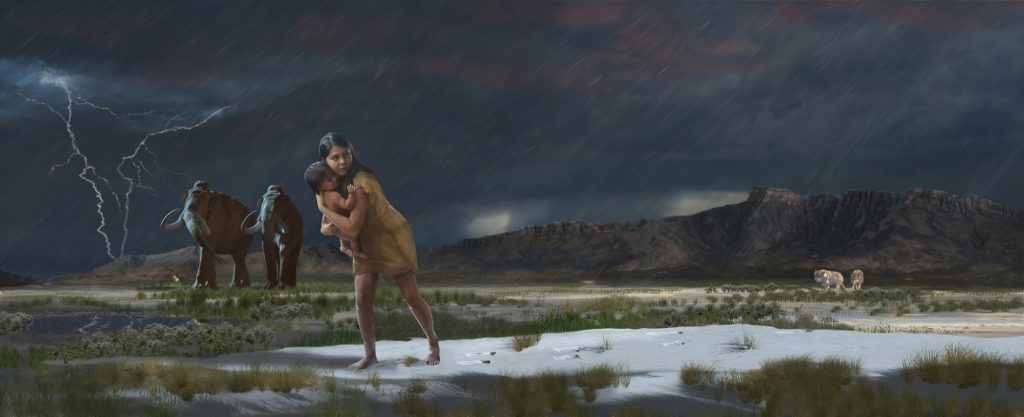
Alternatively, these early settlers might have skirted the Pacific coastline, finding their way to New Mexico’s interior. Either way, the footprints at White Sands are more than mere fossils; they are the markers of a migratory mystery that researchers are only unraveling.
Surprising to Scientists, But Not to Natives
The challenge to the migration narrative is one that’s surprising to scientists, but not to Indigenous peoples. For scientists, it’s been assumed that humans traversed the Bering Strait after the last glacial maximum due to the inaccessibility of the route if it was covered in ice. The idea that humans were able to travel the frigid weather and inhospitable environment in order to reach the Americas is astounding.
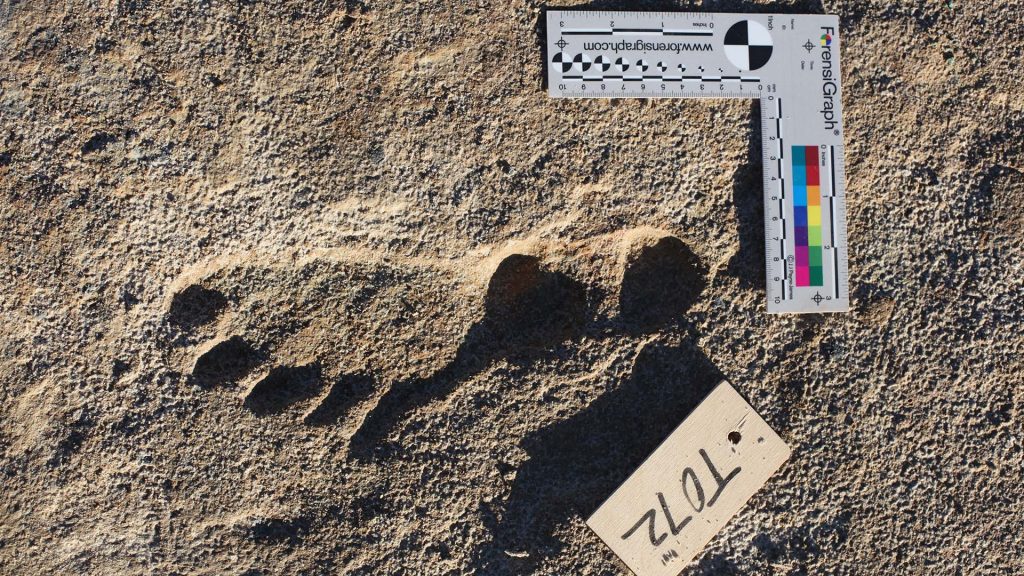
For Indigenous peoples, though, it’s merely a confirmation of what’s been verbally passed along for years. One Indigenous archaeologist at Algoma University has even gone so far as to compile a list of evidence of earlier peoples in America. The White Sands find is only the most recent discovery in a growing body of evidence suggesting that America was peopled much earlier than previously assumed.
The Environmental Context
Pollen analysis doesn’t just date footprints; it paints a picture of the environment that cradled early human life. The samples spoke of a cooler, wetter climate, starkly contrasting today’s desert vistas at White Sands.

This ancient botanical backdrop provides context for human presence. It suggests that while the world was in the throes of an ice age, pockets like White Sands offered a habitable refuge for early Americans and the wildlife they lived alongside.
A Fragile and Fleeting Story
The discovery of the footprints as well as the true age of them is truly an incredible discovery for science and for mankind. It paints of a different life, a simpler time when humans and animals coexisted and lived in relative peace. Unfortunately, though, the evidence won’t last forever.
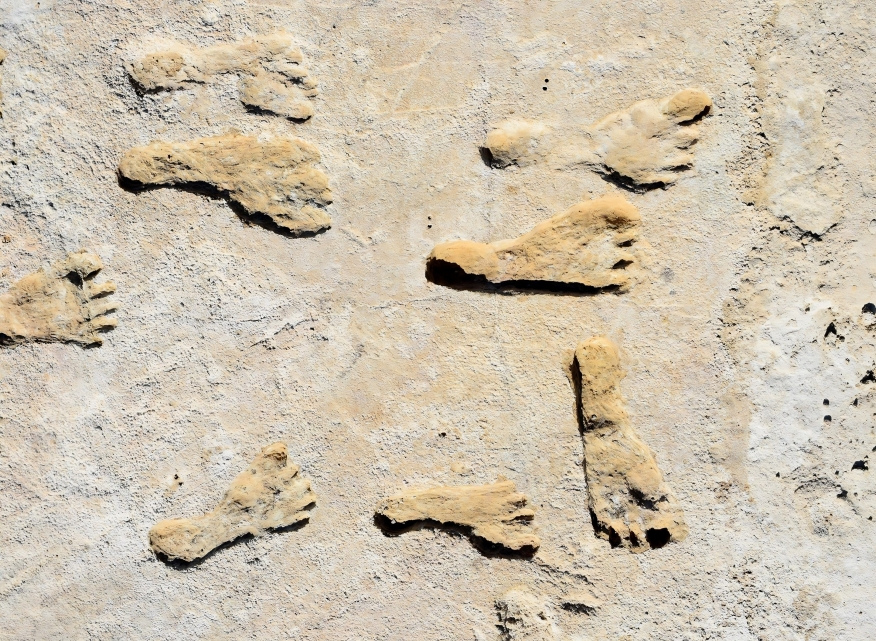
The footprints are an incredible piece of evidence to our human past, but they’re also fragile. They’re slowly being eroded by the weather and time, with the fossilized prints soft enough that they can be cut with a butter knife. Science has learned a lot from the prints since they were first discovered in 2009, and it’s only a matter of time before the prints have no more stories left to tell.
The Implications for Human History
With three independent lines of evidence all pointing to the same age range, the footprints at White Sands are rewriting the timeline of human history in the Americas. They defy the Clovis-first model that has dominated archaeology for decades.
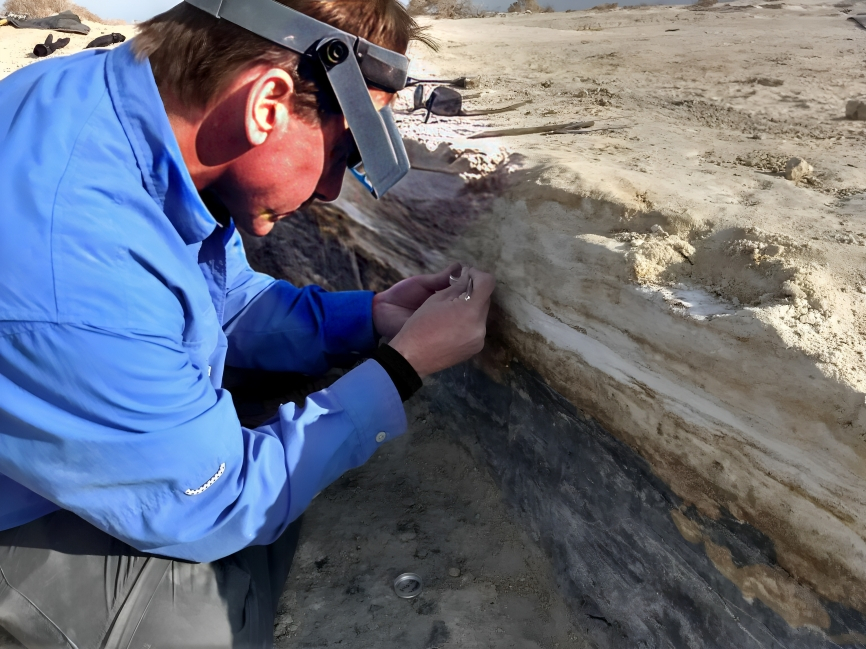
The footprints suggest that the story of the Americas’ first inhabitants is far more ancient and complex than once believed, opening a new chapter in the quest to understand human migration and the people of a continent.

